
The cost of a closet remodel depends on the closet size, materials used, and the level of customization. Learn what else influences your closet remodel cost.
Closet goals for every angled ceiling


Sloped ceilings can add charm and character to a room, but in a closet, it can be a challenge. Instead of letting that angled space go to waste, get creative with smart, functional solutions that maximize every inch. Consider these sloped ceiling closet solutions to turn a frustrating architectural feature into a stylish and efficient storage space.
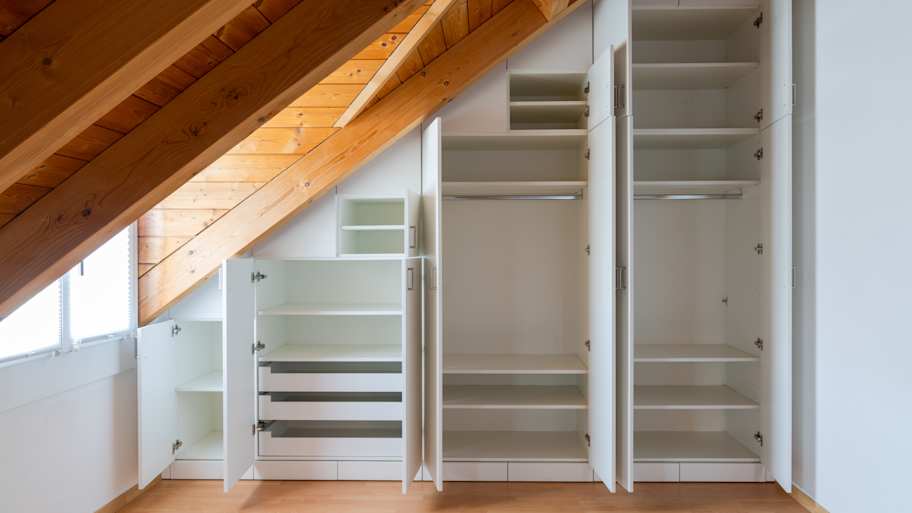
Custom built-ins, such as drawers and shelves, are designed specifically to fit the angles and dimensions of a sloped ceiling closet. These maximize every inch of space by conforming to the unique architecture, making slanted ceilings functional rather than frustrating. This type of remodel is ideal for attic closets.
| Pros | Cons |
|---|---|
| Tailored to fit any space | Can be expensive to design and install |
| Maximizes storage | Less flexibility for future changes |
| Offers a high-end look | Time-consuming to build |
Best for: Homeowners looking for a permanent solution to a tricky or unusually-shaped closet space.
Low-hanging rods are placed beneath sloped sections of the ceiling where full-height storage isn’t possible. They're ideal for short items like shirts, jackets, and kids’ clothes. Using the lower zones of the closet, the rods make even awkward angles functional.
| Pros | Cons |
|---|---|
| Makes use of low-ceiling areas | Can feel cramped |
| Easy to install and affordable | May require crouching to access |
| Ideal for short garments | Not suitable for long garments |
Best for: Closets in children's rooms, shared family storage, or anyone with a wardrobe heavy on short items like shirts and blouses.
Double rods stack two clothing rods vertically to create twice the hanging space in areas where the ceiling is higher. In a reach-in closet size with partially sloped ceilings, they maximize vertical real estate in the taller areas, balancing out the limited space under the slope.
| Pros | Cons |
|---|---|
| Doubles hanging capacity | Requires part of the closet to be full height |
| Efficient for small wardrobes | Can look cluttered |
| Keeps items at eye level | Not ideal for long garments |
Best for: Closets with a mix of sloped and full-height walls.
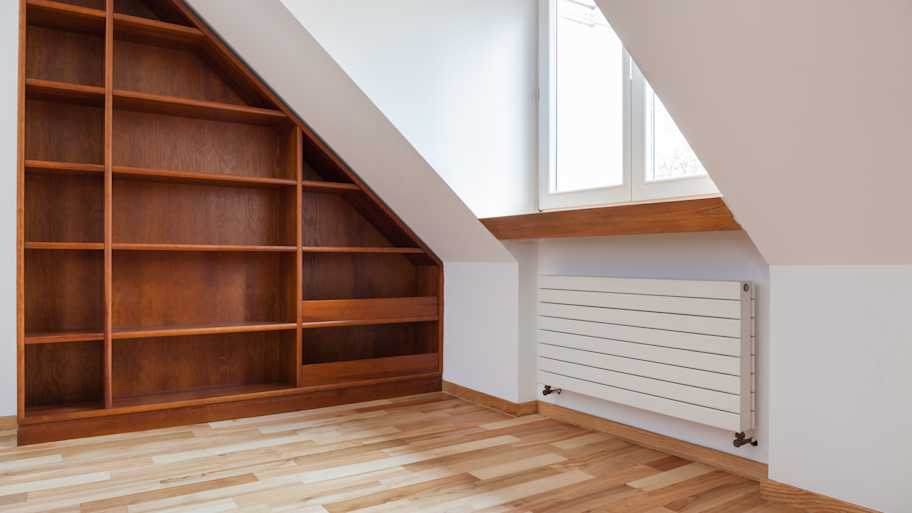
Open shelves installed along the sloped ceiling provide accessible storage for folded clothes, bins, shoes, and accessories. These can be staggered to follow the ceiling line to maximize usable space. Keeping the shelves open rather than having cabinet doors also keeps the space more open and less closed off.
| Pros | Cons |
|---|---|
| Customizable | Requires regular tidying |
| Easy to see and access items | Can collect dust |
| Inexpensive to install | Not ideal for clutter-prone areas |
Best for: People who like their items visible and accessible.
A low-profile dresser can fit nicely under a sloped ceiling and offers concealed storage for folded items, accessories, or linens. It’s a smart way to make use of floor space where tall units won’t fit and doesn't require customizing built-ins.
| Pros | Cons |
|---|---|
| Conceals storage | Can be bulky |
| Easy to relocate | Takes up floor space |
| Variety of styles and sizes | Limited to folded items |
Best for: Renters or homeowners not ready for custom solutions.
Hooks and peg rails mounted on lower walls or angled surfaces create a vertical drop zone for hats, scarves, bags, and belts. They turn otherwise unused wall space into grab-and-go storage that’s both functional and decorative.
| Pros | Cons |
|---|---|
| Easy to install | Limited weight capacity |
| Great for accessories or bags | Can get messy |
| Inexpensive | Not suitable for all items |
Best for: Quick-access storage of small items in kids’ rooms or entryway-style closets.
Corner shelves make use of awkward corners where standard shelving or rods don’t fit. These triangular shelves are great for stacking folded clothes, shoes, or bins and help avoid dead space in closet corners.
| Pros | Cons |
|---|---|
| Maximizes underused space | Limited space per shelf |
| Easy to install | Can't support hanging storage |
| Great for small items | Can look cluttered |
Best for: Small closet ideas or oddly shaped layouts where every square inch needs to be maximized.
Sliding doors or curtains are space-saving closet door alternatives that don't need the same space as traditional swinging doors. In a sloped ceiling closet, where swing clearance may be tight, they provide full access without blocking walkways.
| Pros | Cons |
|---|---|
| Saves floor space | Sliding tracks can wear down |
| Easy to access | Curtains may not fully conceal clutter |
| Adds privacy | Less sound insulation |
Best for: Small or walk-in closet designs with tight quarters where traditional doors would be cumbersome.
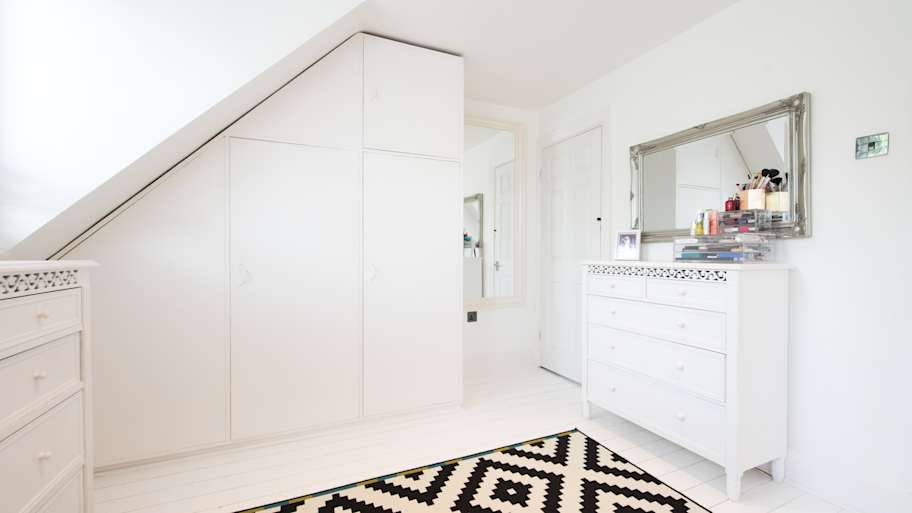
When maximizing your closet space, get very familiar with the dimensions and angles of the closet so you know how to design a closet that works for you. Some ceilings offer a steep pitch that limits headroom, while others have gradual angles that allow for more versatile storage options. Consider how much vertical clearance is available at different points in the closet and decide what types of items you need to store.
You should also think about your budget, lifestyle, and how permanent you want the solution to be. Custom built-ins and double rods are great for maximizing every inch, but they come at a higher cost and may not be ideal if you're renting or planning to move. The aesthetic you want for the space matters, too. Some people prefer open storage that keeps everything visible, while others favor something more concealed and minimal.
Closets should be efficient and practical for daily routines, so make sure your chosen solutions allow you to access items comfortably. If you're struggling with finding the best solution, consider hiring a local closet maker to help you maximize your wardrobe space.
I had Ace Fireplace Services install custom chimney caps for my home, and the results are stunning. They fit like a glove and have added a touch of sophistication to my chimney. I can't recommend their services enough.
Custom Paint Jobs LLC turned our outdated bathroom into a modern masterpiece.
Very professional and efficient with work. Answered each question I had with great knowledge and an informative response. Will be working with them again.
Window Depot did an amazing job on my deck. I wasnt sure what I wanted to do, but their composite decking was affordable and will last a long time. I am excited to have family over, and I am no longer embarrassed by my backyard. Jeff and the ground crew were polite, respectful, and caring for...
Storms Mobile Welding was great to work with. They were prompt, professional and did an overall excellent job on the project. I highly recommend.
Great tree company, very professional and honest. Glad we found them, they had the best pricing
AFS was excellent from start to finish. Jess, the sales associate, was fantastic...very knowledgeable and very professional. The installation crew was excellent. I couldn't be more pleased with the process. Best of all, my new floor looks fantastic!
Fred and his brother are great. They are always on time. We are very pleased with their work. They incorporated some of their ideas to make things look nicer. We would use them again.
Great experience all together. Dog friendly, courteous, great results and honest with recommendations. Will certainly be using Cardinal in the future for any carpet repairs
Maple Tree Service should serve as a mentor for other business! Customer service was superior and beyond expectation. Response to request was prompt. The representative was very courteous and proud of the company. Quote was given during initial visit and work date established. A follow up...
From average costs to expert advice, get all the answers you need to get your job done.

The cost of a closet remodel depends on the closet size, materials used, and the level of customization. Learn what else influences your closet remodel cost.

Discover the average custom closet cost, including price ranges and key factors, to help you budget and plan your project with confidence.

Discover the cost to hire a professional closet organizer, including average prices, cost factors, and tips to help you budget and maximize your investment.
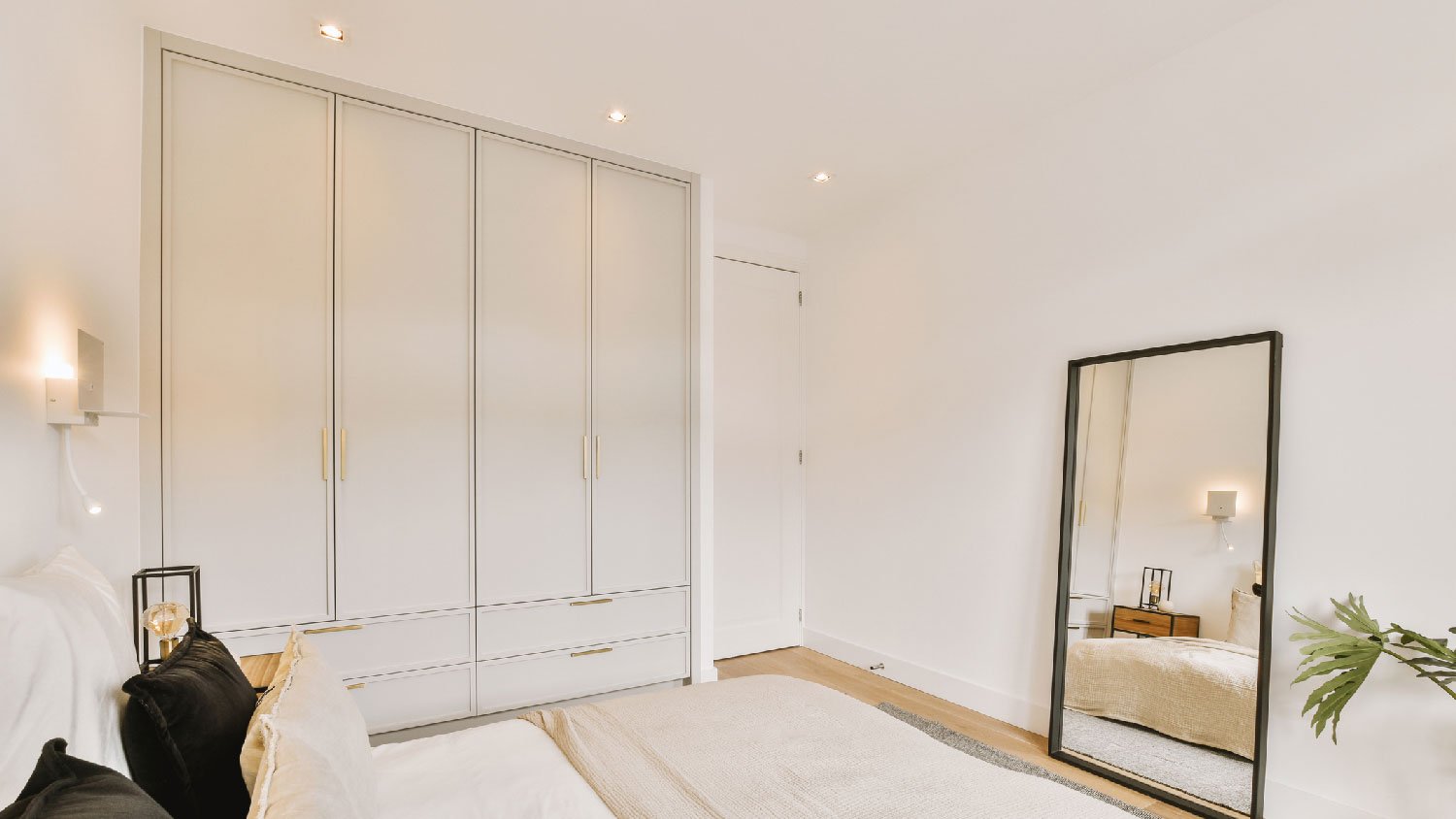
Learning how to build a closet can be a challenging DIY job. If you don’t have the right tools or know-how, consider hiring a professional for help.

A well-crafted closet can instantly make your mornings more enjoyable. Learn how to design a closet that blends functionality with style.
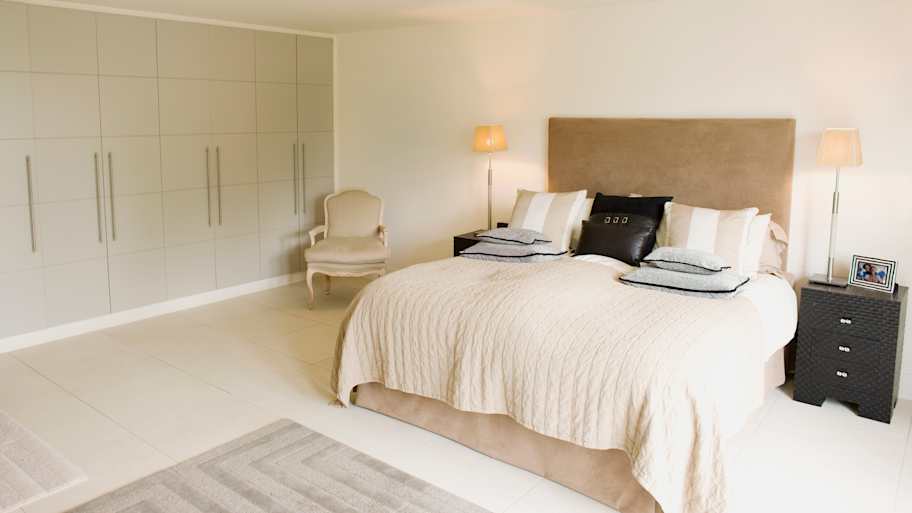
How do you get rid of a musty smell in closets? Use a handful of tricks to ensure these spaces and the clothes in them are always fresh and clean.